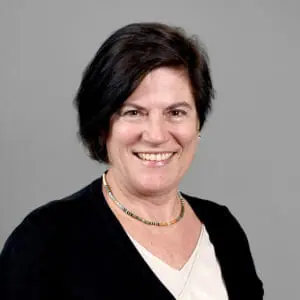
We’re just over a week into the new year and we’ve already seen extensive wildfires in Australia and massive flooding in Indonesia, both of which have claimed multiple lives. These incidents — extreme weather events intensified by climate change — are officially the new normal, and experts are worried.
"The overall challenge is that cities, in particular, are experiencing and will experience an increase in the frequency and magnitude of extreme events,” said Arizona State University Regents Professor Nancy Grimm. “So, fires, heat waves, flooding, coastal flooding, droughts and so forth — most of these are weather-related events, and whether or not you can attribute any single one of them to climate change, we’re going to see more of them and they are going to be more severe.”
The increased frequency of these events is why Grimm, a distinguished sustainability scientist in the Julie Ann Wrigley Global Institute of Sustainability and a professor in ASU’s School of Life Sciences, is collaborating with Timon McPhearson, the director of the Urban Systems Lab at The New School in New York, to connect networks around the globe working to create sustainable and resilient cities. Their effort will be funded by a new, five-year, $2M dollar grant from the National Science Foundation and will bring together specialists across the globe to develop new solutions for urban resilience.
"We are developing NATURA, which is an international network of networks. I will focus particularly on the international work in Europe, China, Australia and Africa,” McPhearson said. “NATURA, which stands for ‘Nature-based solutions for Urban Resilience in the Anthropocene,’ will link early-career scholars and practitioners who are working on solutions for climate change resilience around the world. We will create opportunities to share knowledge from one region or city with another.”
NATURA will include 26 networks across five global regions. The researchers will develop an online database to coordinate information exchange and build the data and informatics for cross-city comparisons. This will be a key tool for both individuals and groups of researchers to contribute to the project.